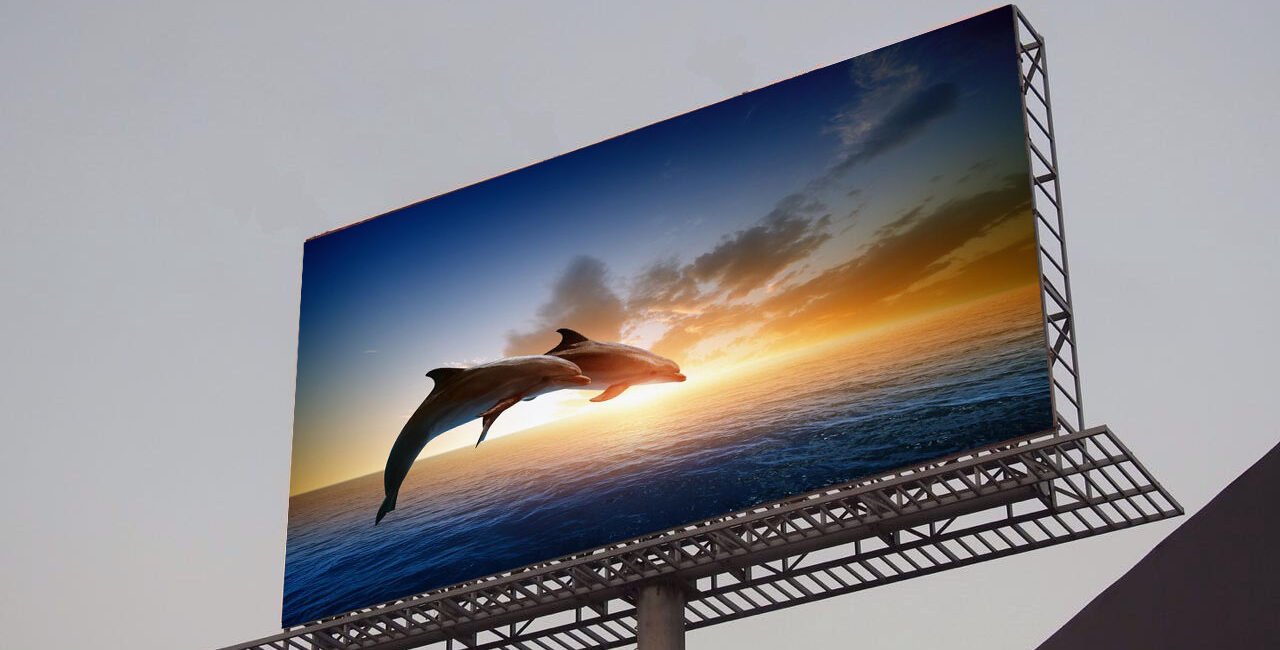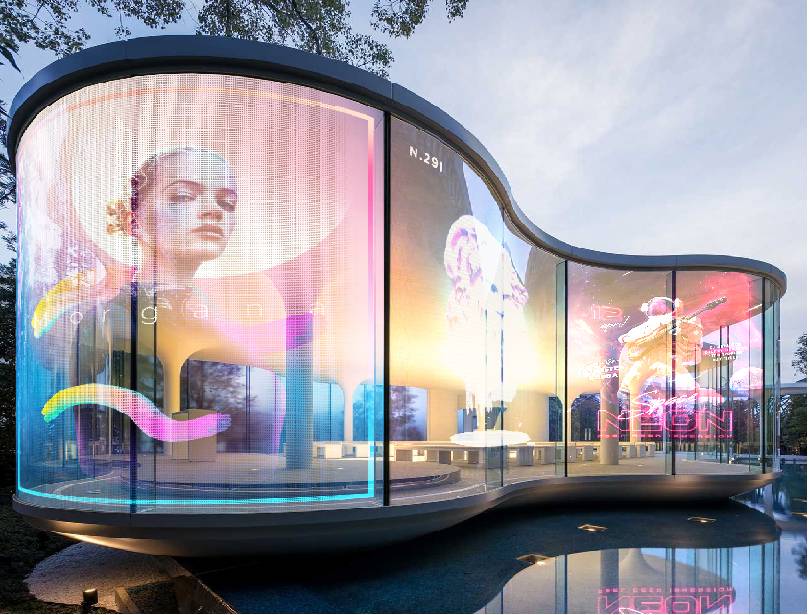
In today’s competitive and fast-moving world of marketing, brands are constantly seeking dynamic, attention-grabbing ways to connect with their audience. One of the most impactful tools in modern advertising is the outdoor LED display screen. Whether mounted high on a building, wrapped around a stadium, or installed along highways, LED screens are revolutionizing how businesses deliver their messages to the public.
But what exactly is an outdoor advertising LED display screen, and how does it function in the landscape of modern marketing? Let’s break it down in detail.
Understanding Outdoor LED Display Screens
An outdoor LED display screen is a large-scale visual communication tool made from light-emitting diodes (LEDs). These screens are designed to withstand various environmental elements, such as rain, wind, sunlight, and dust, while delivering bright, vivid, and high-resolution content to viewers from a distance. The LEDs emit light directly, making them more visible and impactful than traditional billboards or LCD screens.
What sets these displays apart is their versatility. They can show a wide range of content, from static advertisements to dynamic videos, live feeds, and animated graphics. And thanks to remote content management systems, advertisers can change campaigns in real time without any physical changes to the display itself.
Types of Outdoor LED Screens
There are several categories of outdoor LED screens, tailored to specific use cases:
-
Billboard LED Displays – These are commonly seen on roadsides and urban areas, broadcasting brand promotions, public service announcements, and event advertisements.
-
Stadium LED Displays – Used widely in sports venues, stadium LED screens provide scores, sponsor ads, and live replays to enhance the viewer experience.
-
Building Wrap LED Screens – These displays cover portions of building facades, turning architecture into a storytelling canvas.
-
Mobile LED Screens – Mounted on vehicles, they can move to different locations, ideal for live events, parades, and pop-up promotions.

Why Use Outdoor LED Screens for Advertising?
There are several compelling reasons why brands, event organizers, and public agencies are increasingly turning to outdoor LED advertising screens:
1. High Visibility and Impact
LED screens offer exceptional brightness, which ensures content is visible even in broad daylight. This makes them ideal for high-traffic areas where capturing attention is crucial.
2. Dynamic and Flexible Content
Compared to traditional static billboards, LED displays can play video ads, scroll messages, switch creatives instantly, and even integrate with real-time data (weather, time, or social media feeds).
3. Cost-Effective Over Time
Though the initial investment in LED technology may be higher, its longevity and low maintenance costs make it a more cost-effective solution in the long run. Content updates do not require reprinting or manual labor.
4. Enhanced Engagement
Movement and color naturally draw the human eye. Video content, transitions, and effects provide a more engaging experience, leading to better recall and higher brand recognition.
Stadium LED Screens: A Special Segment
One notable application of outdoor LED technology is the stadium LED display. Whether it’s a football match, cricket game, or live concert, stadiums require massive display screens to inform, entertain, and advertise to attendees. These screens serve multiple purposes:
-
Live broadcasting of the event for spectators in every seat.
-
Displaying scores, timers, and game statistics.
-
Rotating commercial content from sponsors during intervals or breaks.
-
Interactive fan engagement, like social media integrations or live messages.
Due to their size and need for durability, stadium LED screens are built with high-resolution modules and robust waterproofing. Their reliability is crucial during live events, where any failure would impact thousands of viewers.
Integration of LED Film Screen Technology
Another growing innovation in the outdoor LED display sector is the LED film screen. Unlike conventional LED panels, LED film is a flexible, ultra-thin, and transparent display layer that can be adhered to glass surfaces such as building windows, mall facades, or glass railings.
The LED film screen is especially useful in modern architectural designs where space constraints or transparency requirements exist. Brands can use these screens without obstructing the natural lighting or aesthetics of a space. Though more common in semi-outdoor and indoor applications, innovations are increasingly allowing LED film to be used in outdoor-facing applications as well.

Key Features to Look for in Outdoor LED Screens
When investing in an outdoor LED display screen, it’s important to consider the following:
-
Brightness level (measured in nits): Ensure high brightness for clear visibility in direct sunlight.
-
Pixel pitch: The distance between two pixels; a smaller pixel pitch offers better resolution.
-
Weatherproofing: Look for IP65 or higher-rated enclosures to ensure durability.
-
Viewing angle: A wider angle ensures content visibility from different perspectives.
-
Control systems: Reliable software for remote content updates and monitoring.
Conclusion
The outdoor LED display screen has become a cornerstone of modern advertising. Its adaptability, visual appeal, and ability to engage viewers make it the preferred medium for brands looking to make an impression. Whether it’s a large stadium LED display captivating sports fans or a flexible LED film screen enhancing a glass storefront, this technology continues to push the boundaries of visual communication.
As businesses and advertisers look to maximize ROI and capture attention in cluttered environments, outdoor LED screens will remain at the forefront of their strategy.
For high-performance and innovative LED display solutions, choose Cinstar LED, your trusted partner in visual excellence.

